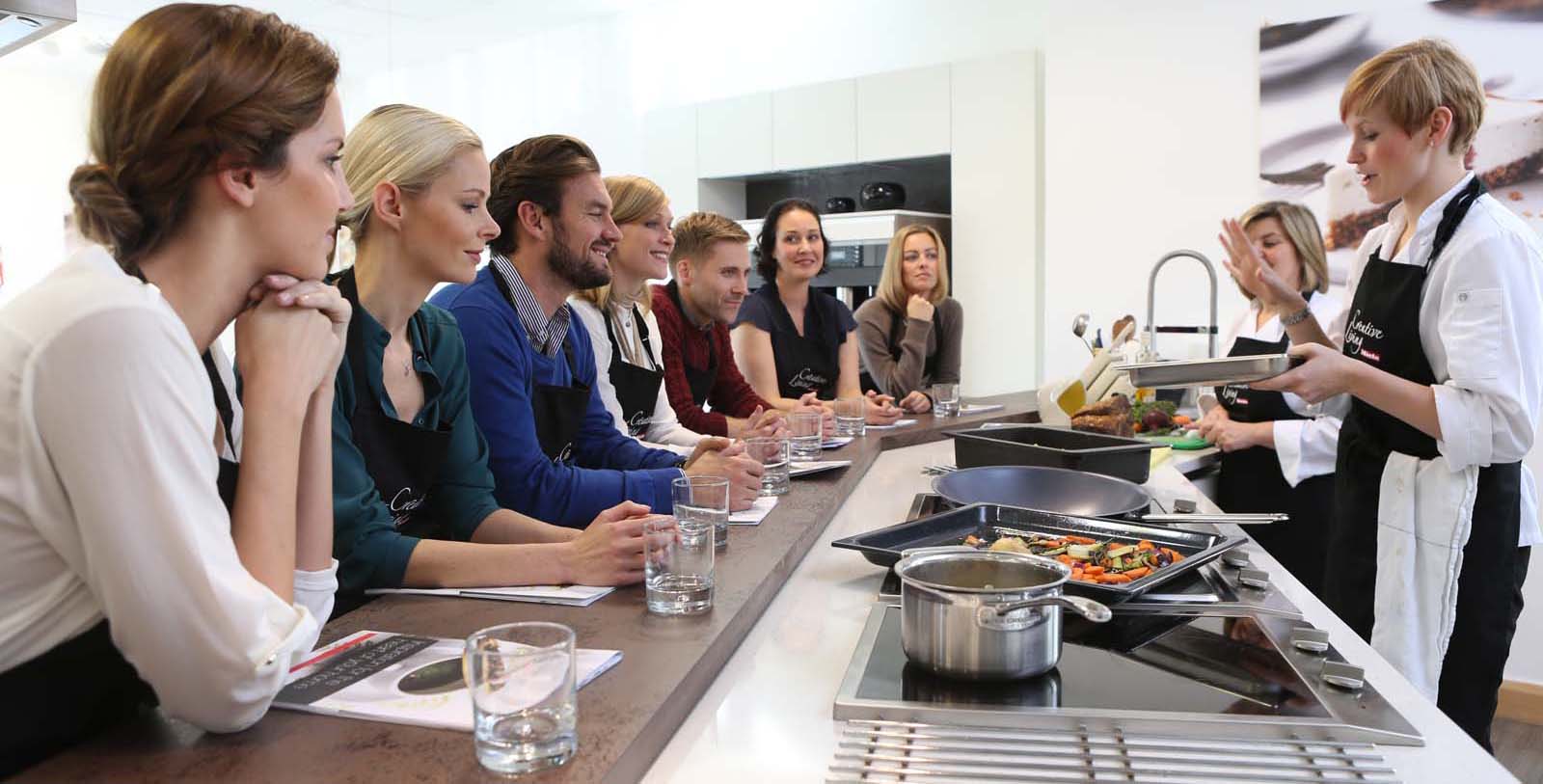Everyone has their own way of loading the dishwasher; some people just shove everything in and hope for the best, while others are meticulous about where everything goes, and woe betide anyone who doesn’t do it their way! But there is indeed a science to loading a dishwasher correctly. Proper loading not only ensures sparkling results but also extends the life of your glassware, crockery, and cookware. Miele’s Product Training Manager, Sophie Lane offers her expert tips on how to get the most out of your Miele dishwasher.
The Science Behind Dishwasher Loading
Loading a dishwasher may seem straightforward, but there are key strategies to optimise cleaning and protect your kitchenware. Here’s why it matters:
- Efficient Water Flow: Proper arrangement ensures that water reaches every item, removing food particles and detergent residue.
- Prevents Damage: Correct placement prevents items from knocking against each other, reducing the risk of chipping and breakage.
- Optimal Drying: Good air circulation during the drying phase ensures that everything comes out dry and spotless.
Step-by-Step Guide to Loading Your Dishwasher
Check all items are dishwasher safe!
-
Pre-Rinse or Not? For Miele dishwashers, pre-rinsing isn’t necessary. Just scrape off large food particles and let the dishwasher do the rest. Our dishwashers are designed to handle tough stains and food residues.
- Load the Bottom Rack FIRST The bottom rack is ideal for larger and more durable items:
• Plates and Pots: Place plates and pots facing the centre to ensure water can reach all surfaces. Pots and pans should be angled to allow water to run off easily – ensure that no handles are obstructing the spray arms inside the machine.
• Cutlery: If the dishwasher has a cutlery basket, ensure knives are placed with the handles up for safety, and mix up spoons and forks to prevent nesting.
• Cookware: Avoid placing non-stick pans in the dishwasher, as the high temperatures can damage their coating.
- Arranging the Top Rack The top rack is designed for more delicate items:
• Glasses and Cups: Place glasses between the tines, not over them, to prevent cracking. Ensure they are stable and not touching each other.
• Bowls: Angle bowls so that water can drain. Avoid stacking them too tightly to ensure thorough cleaning.
• Plastic Items: Place them securely and ensure they are labelled dishwasher-safe. Plastics should go on the top rack to avoid melting.
• Wooden Utensils: Don’t put wooden spoons in the dishwasher as the heat and excess moisture will cause them to warp, crack, and even break.
- Using the Third Rack/Cutlery Tray
If the Miele dishwasher has a third rack, it’s perfect for:
• Cutlery: Lay each piece separately to prevent nesting and ensure thorough cleaning.
• Small Items: Ideal for small kitchen utensils and tools that might slip through the racks.
Types of Items Suitable for the Dishwasher
• Glassware: Miele dishwashers are gentle on glass. Use the delicate setting to prevent etching.
• Ceramic and Stoneware: Most are dishwasher-safe, but avoid those with hand-painted designs.
• Stainless Steel: Safe for the dishwasher, but keep it away from silver to avoid a chemical reaction.
• Dishwasher-Safe Plastics: Place these on the top rack to prevent warping.
• Cutlery: Stainless steel is ideal, while silverware should be kept separate to prevent tarnishing.
Pro Tips for Best Results
- Avoid Overloading: Crowding items can prevent proper cleaning. Ensure each item has space for water and detergent to circulate.
- Use the Right Detergent: Miele recommends using its branded detergents for optimal performance.
- Regular Maintenance: Clean the filter and spray arms regularly to prevent clogs and maintain efficiency.
- Check for Labels: Always check if items are labelled dishwasher-safe, especially when dealing with plastic and delicate items.
The Power of AutoDos with PowerDisk
Many Miele dishwasher models are equipped with the innovative AutoDos with PowerDisk option. This automatic dosing system releases the optimal amount of detergent for each cycle, ensuring perfect results every time. Here’s how it works:
• Automatic Dosing: The PowerDisk dispenses detergent automatically at precisely the right time during the wash cycle.
• Economical Use: This system uses up to 30% less detergent compared to manual dosing, making it both cost-effective and environmentally friendly.
• Convenience: One PowerDisk lasts for up to 20 washes, so you don’t have to worry about adding detergent for each cycle.
By following these guidelines and utilising the advanced features of your Miele dishwasher, you can ensure that your dishwasher not only cleans effectively but also maintains the quality of your kitchenware. For more expert tips and detailed guidance, visit the Miele website and explore our extensive user manuals and maintenance guides.

Planning Your Kitchen?
Discover the precision and accuracy of Miele with a complimentary 5 course taster menu that brings the appliances to life.



